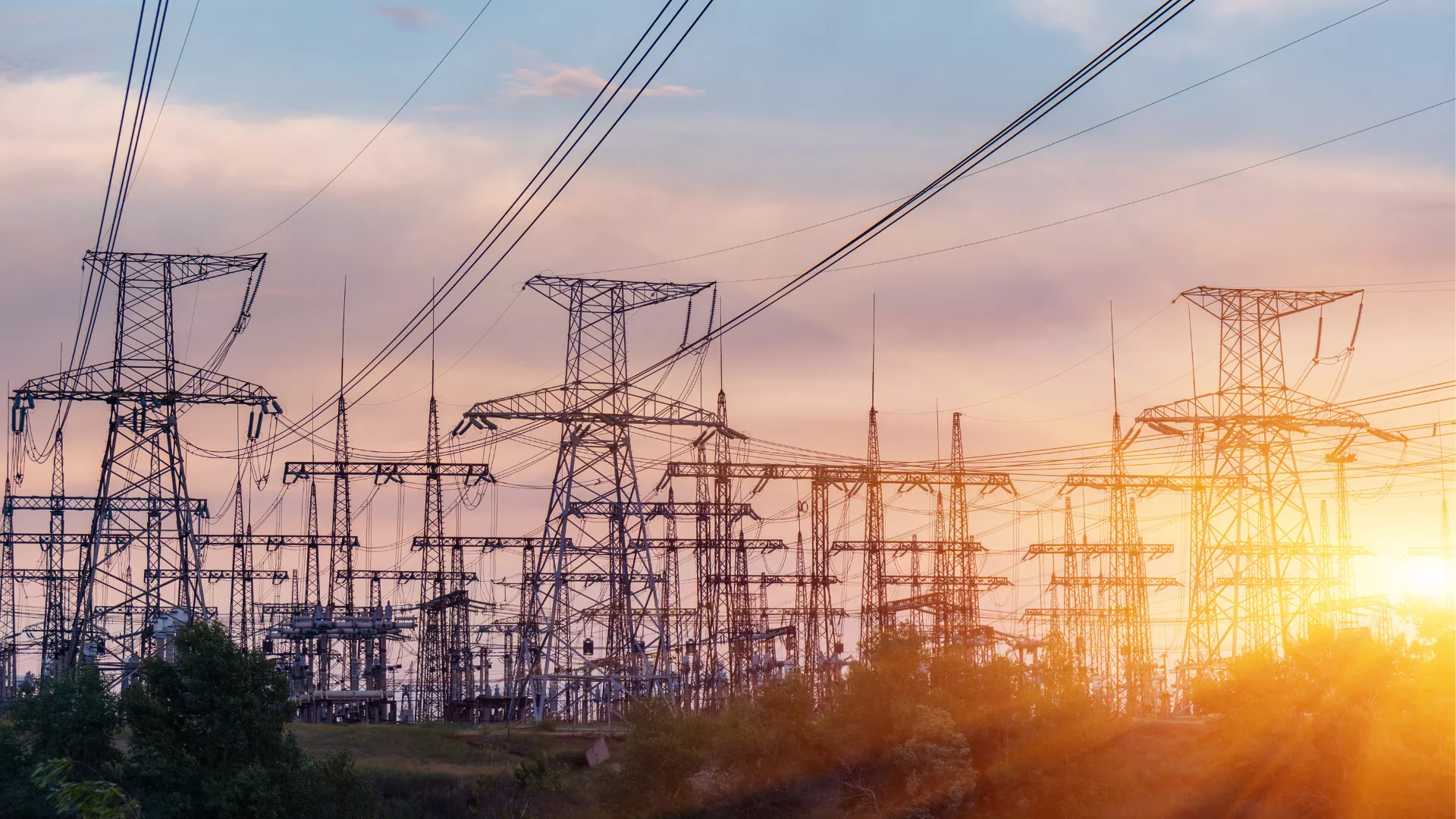Q&A with Lord Kelvin award recipient Elias Ghannoum
Elias Ghannoum received the 2024 Lord Kelvin Award. He is the 39th person to achieve this honour and the second from Canada. He received the award at the IEC general meeting in Edinburgh, which also celebrated the 200th anniversary of Lord Kelvin’s birth.
Elias is a Montreal-based engineer with more than 53 years of experience in overhead transmission lines. He was with Hydro-Québec for 27 years, where he headed the overhead lines design group and standards division for 2 decades. Globally, he has provided engineering services to over 60 transmission system operators and utilities including those in Greece, India, South Africa, the U.S. and Brazil.
Image

Left to right: François Coallier, SCC Governing Council chair; Chantal Guay, SCC chief executive officer; Elias Ghannoum, Lord Kelvin Award recipient; and Colin Clark, president of the Canadian National Committee of the IEC. |
Elias’ involvement with IEC spans more than 45 years. He chaired IEC/TC 7 Overhead electrical conductors for 30 years. He was convenor of many working groups in TC 7 and TC 11, and was instrumental in the development of wire and overhead line standards IEC 61089 and IEC 60826.
How did you get involved in standards?
After finishing my engineering studies and working for 2 years, my wife and I moved to Canada in 1969 from Syria. Sherbrooke University offered me a scholarship for a master’s program in civil/structural engineering, where I selected a research project comparing building designs based on Canadian, American and Russian standards. This led to my first published paper in 1972. I joined Hydro-Québec in 1971 and convinced management to move from the existing deterministic line design methodology to a new one based on the statistical variability of loads and strength. Hydro-Québec adopted this approach in 1976. I then joined electric systems council CIGRE’s working group on line security. I wrote 2 peer-reviewed papers explaining the new design approach for the Institute of Electrical and Electronic Engineers (IEEE). The acceptance of the novel line design methodology at CIGRE and IEEE became the basis of standard IEC 60826.
What does receiving the IEC Lord Kelvin Award mean to you?
Obtaining this award is an utmost honour, and it brings me pride to have been selected from more than 30,000 experts from over 170 countries. This honour is not only mine. Colin Clark, president of the IEC Canadian National Committee, congratulated me by saying: this is splendid news for you, for Canada, and for the global standards community as a whole. His sentiment summarizes my feelings. This recognition highlights the importance of my contribution to standards for overhead lines and conductors. It also acknowledges my long-term commitment and contributions to improving the reliability and safety of power systems by standardizing transmission line design and mitigating the consequences of their cascading failures.
How do you see standards impacting the well-being of society?
Standards impact society’s well-being greatly because they ensure the reliability, security and safety of transmission lines. For example, my work on IEC 60826 standard involved analyzing global transmission line failures and addressing issues like weather impacts and line components failures. Setting comprehensive standards helps prevent widespread outages and enhances the resilience of power systems. These standards also ensure maintenance safety and balance the reliability costs with failure risks. Ultimately, this helps protect both infrastructure and people’s lives.
Lord Kelvin was an early champion of using wind as a source of sustainable electricity. Today, the world is racing to build a more sustainable future by advancing the UN Sustainable Development Goals (SDG). Standards play a vital role in this effort. How does your work in standards development support SDG 11, which aims to make cities inclusive, safe, resilient and sustainable?
My work with IEC/TC 7 Overhead electrical conductors and IEC/TC 11 Overhead lines supports this goal by promoting sustainable, resilient and safe infrastructure. Our focus on incorporating reusable materials like aluminum and adapting standards to account for climate variability helps ensure that power lines are designed to withstand extreme weather without excessive costs. This balanced approach helps prevent widespread failures and supports sustainable urban development.
Also, implementing security measures and tower loads to mitigate cascading failures improves the resilience of power systems, which makes communities safer and more sustainable. The 1998 ice storm in Quebec and other harsh weather phenomena demonstrated the importance of these standards in adapting to extreme weather events and improving overall system resilience.
